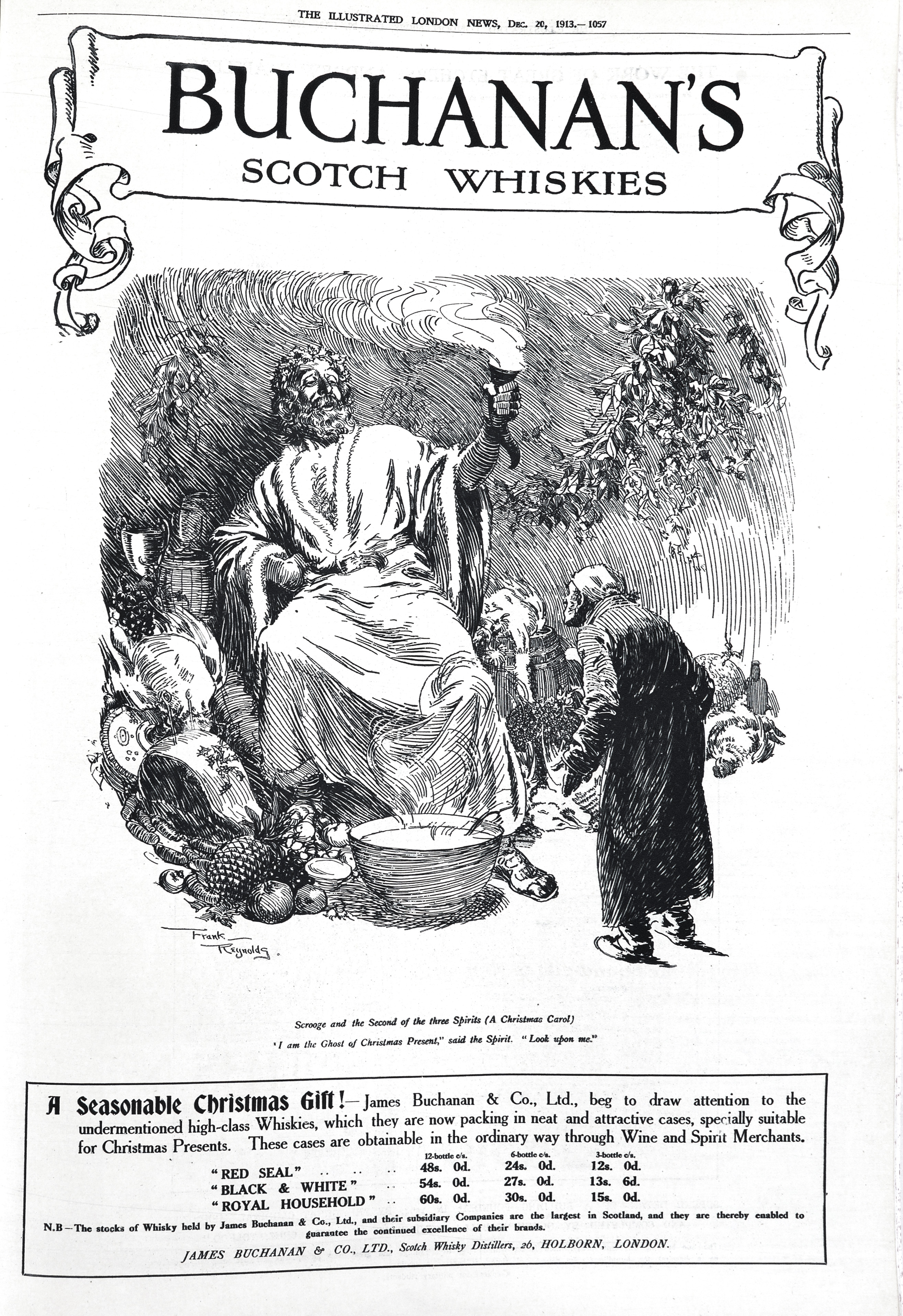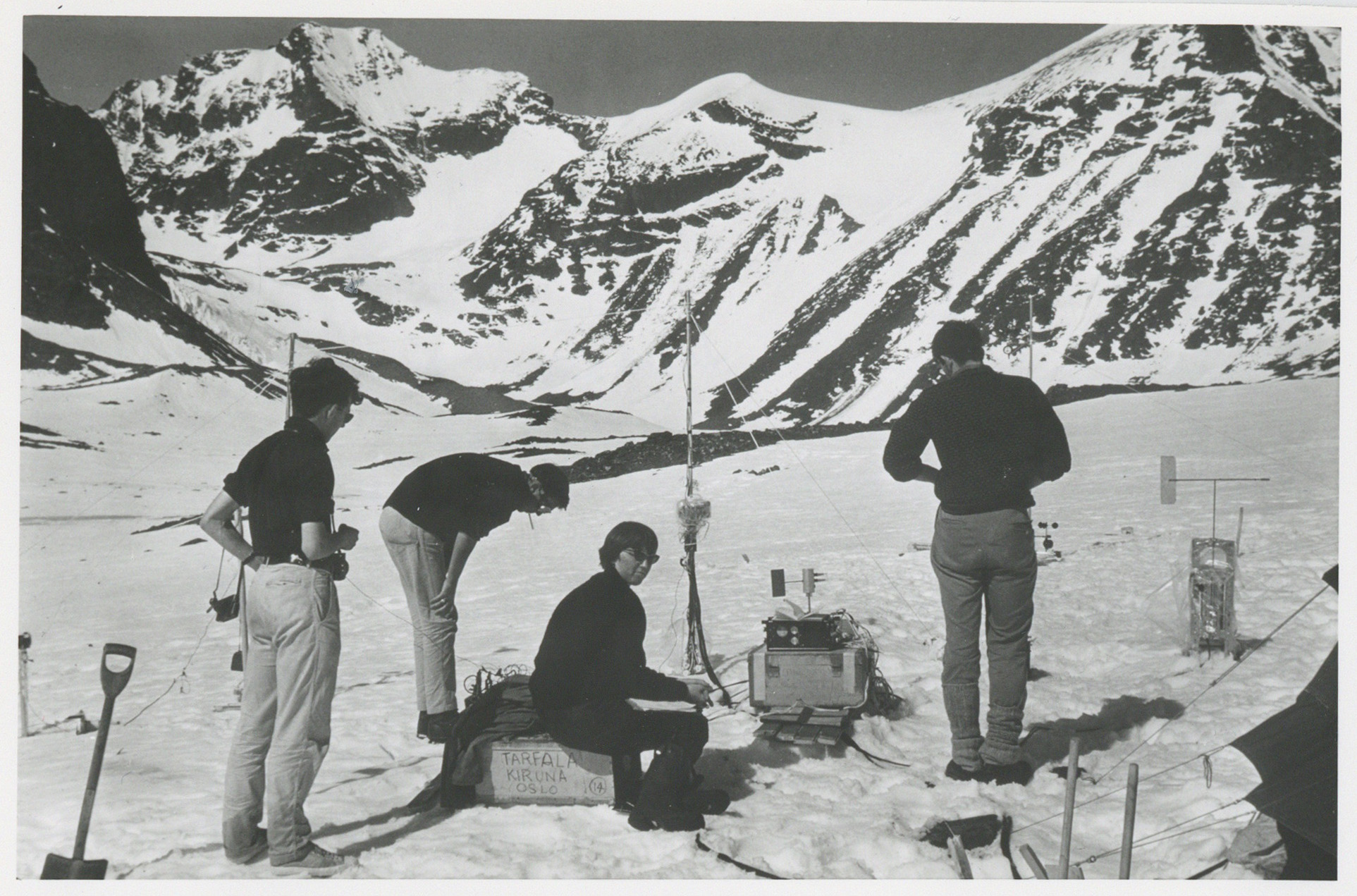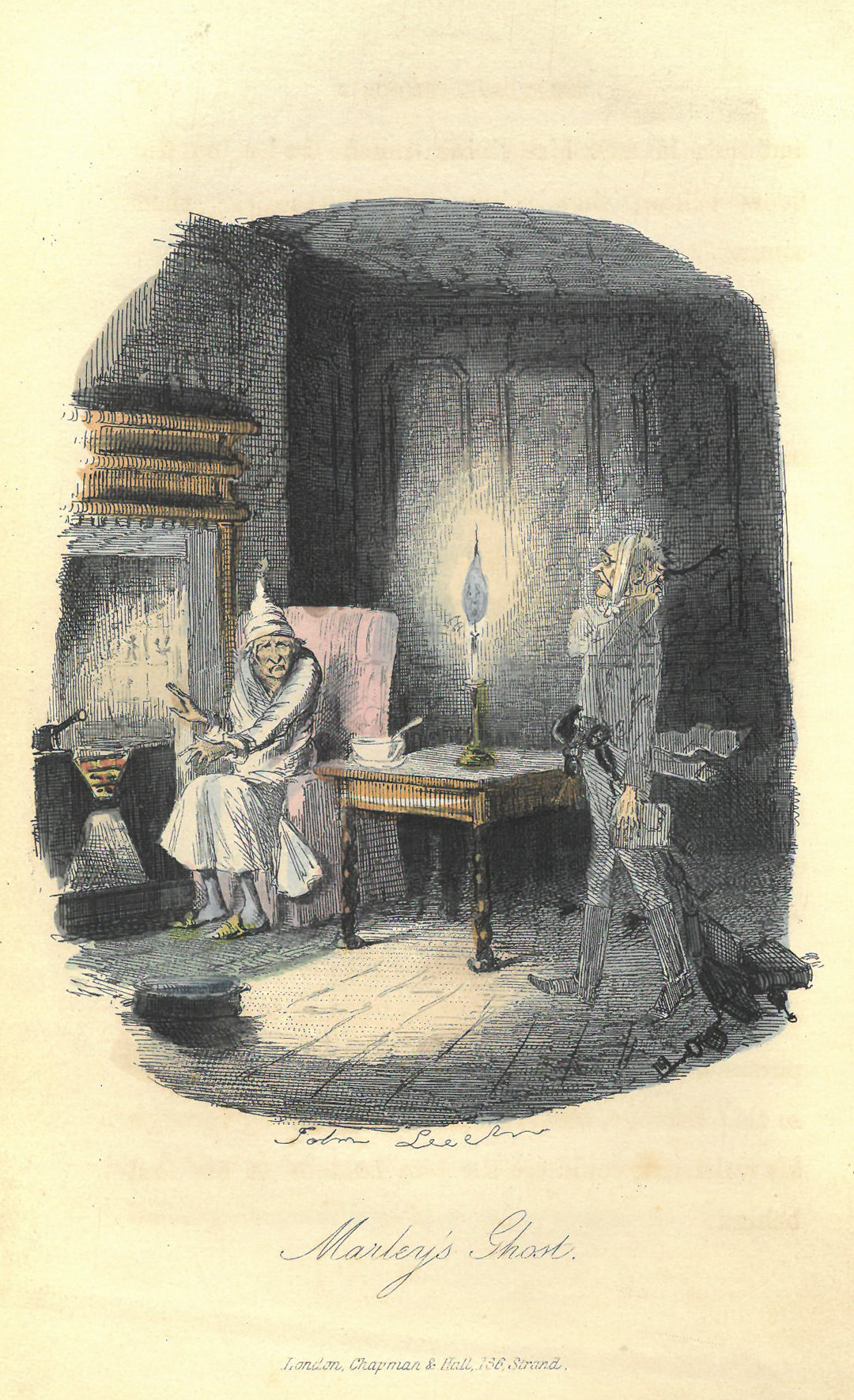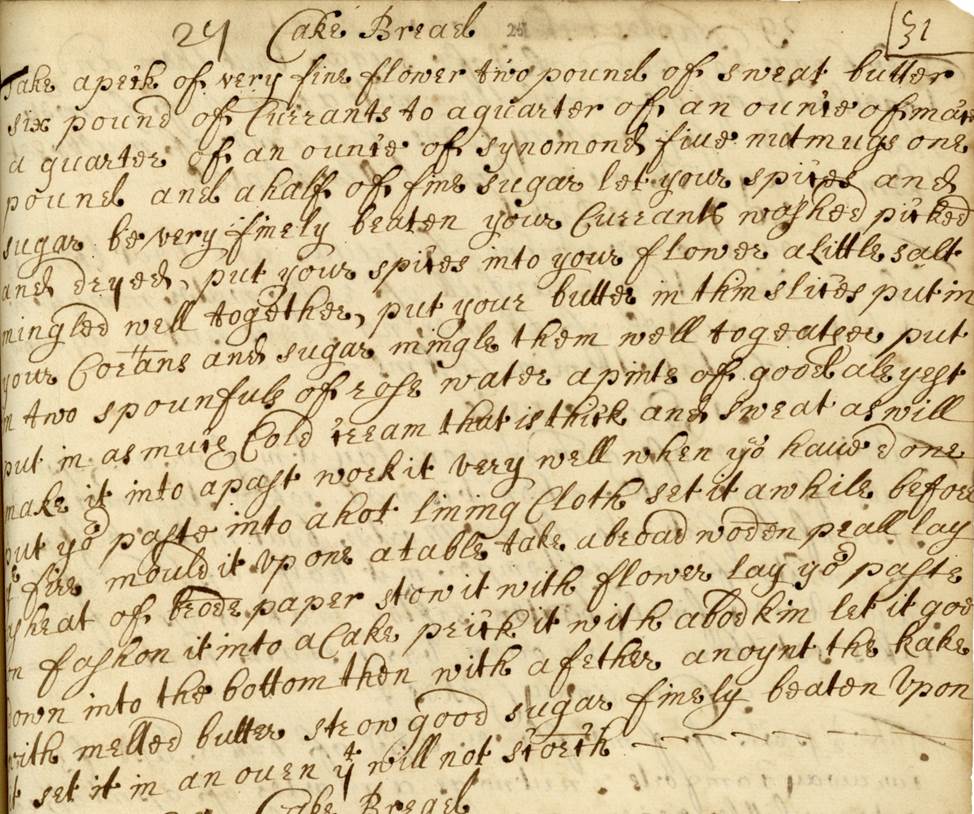‘Making the perfect Christmas dinner’ from the Courier, 2011
Looks yummy doesn’t it? What will you be having for dinner on Christmas day? Will you use these ‘coping’ mechanisims to ‘survive’ Christmas?
Page taken from a Christmas special of the Courier, dated 12th December 2011.
Editorial from the Courier:
“Coping with Christmas
Sometimes it isn’t always all carolling out in the snow. Here’s what to do when festive spirit runs low, reality takes a bite and there isn’t a treble close at hand…”
The Courier is Newcastle University’s student newspaper and has always been a voice for students to express their news, views, and opinions relating to campus life and the operation of the University. Its first issue was released in 1948, when the University was still known as King’s College (Kings College later split into Newcastle Universtiy and the University of Durham in 1963). The Courier is still being published today.
To find out more about the history of the Courier, visit here.
Click here to view this December 2011 article in full. The Courier archive has also been digitised and is available online here.











